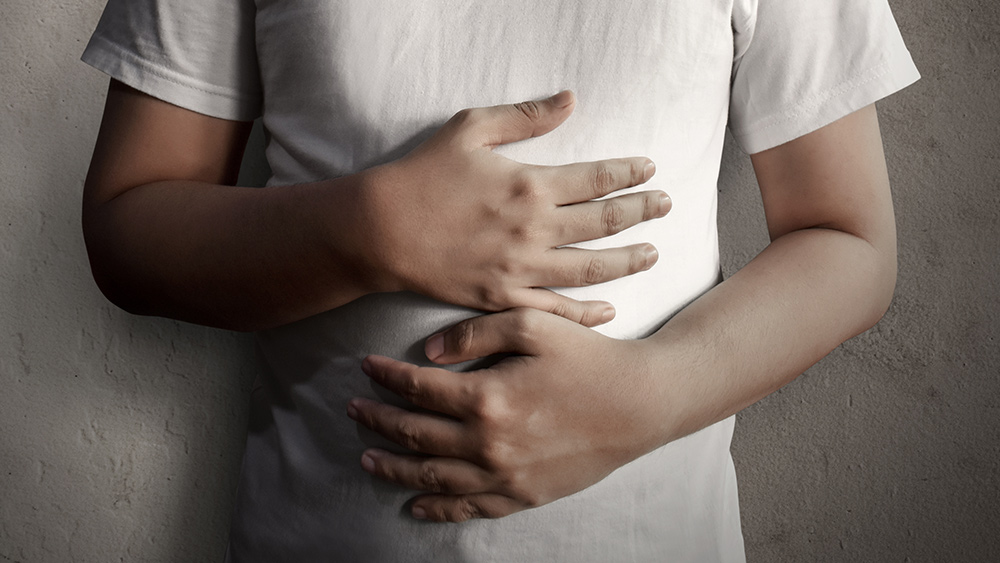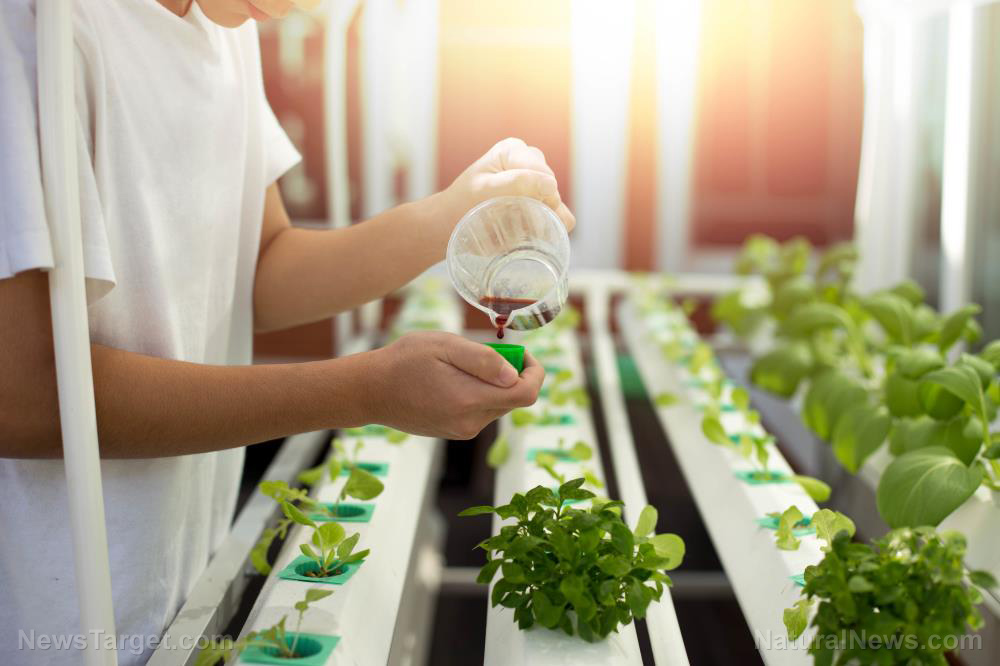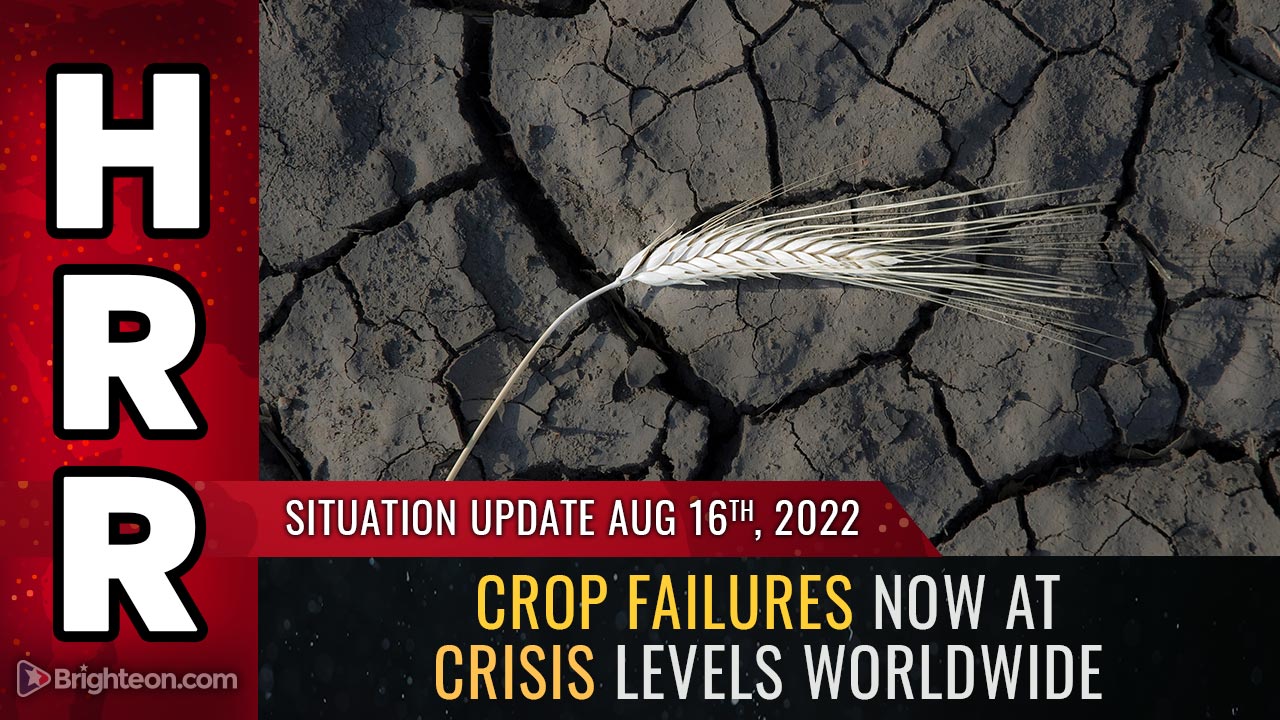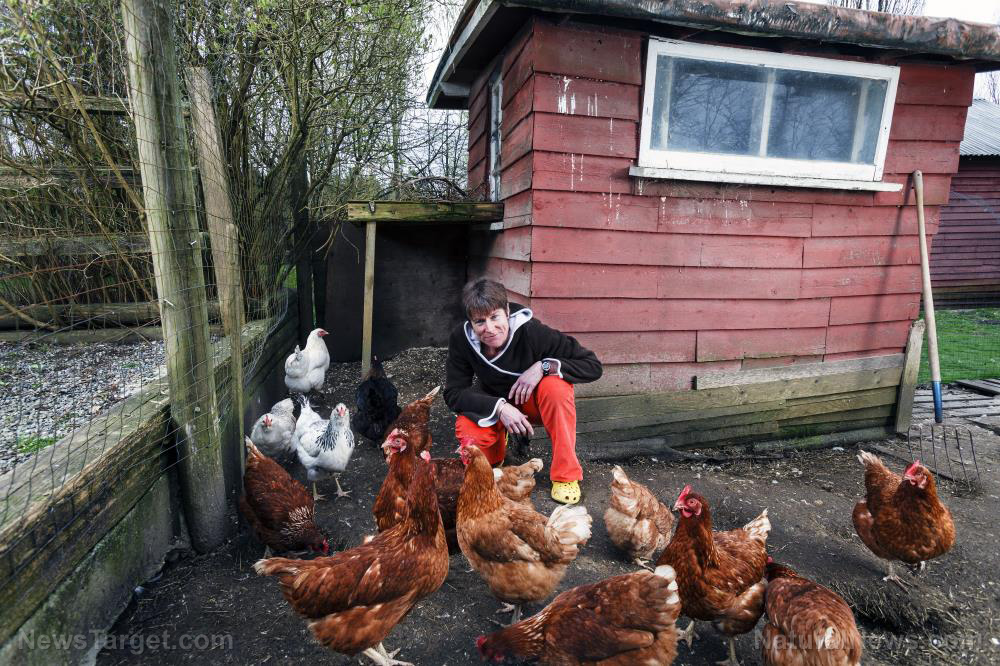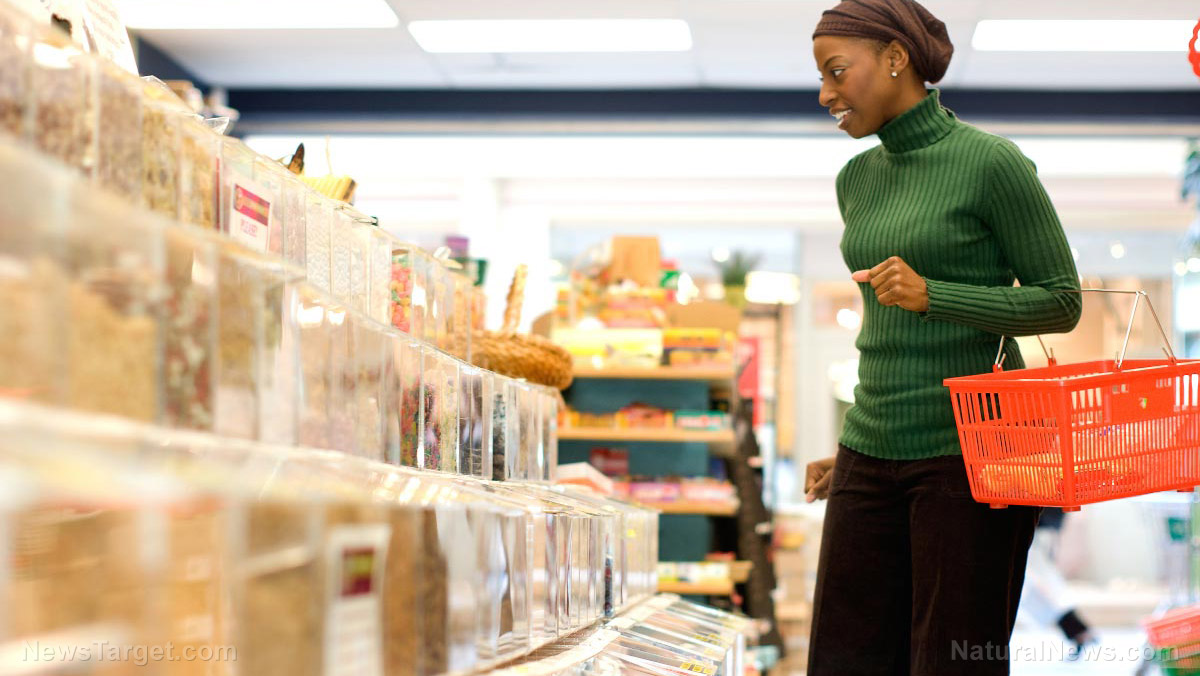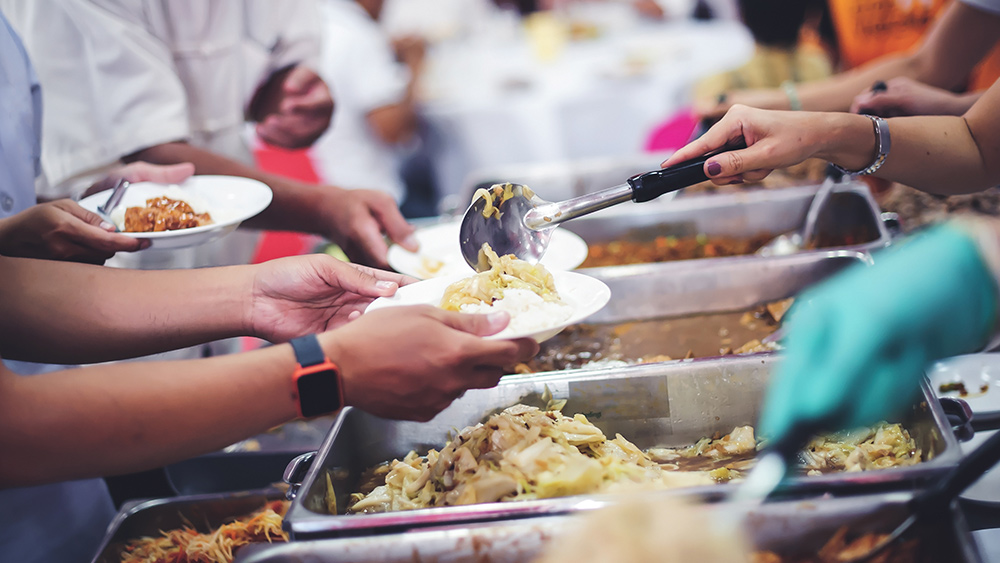More than 1 million New Yorkers have turned to food banks amid worsening pandemic lockdowns
11/22/2020 / By Divina Ramirez

With the Wuhan coronavirus (COVID-19) pandemic lockdowns being used to crush the economy, hunger has driven tens of thousands of New Yorkers to line up outside food banks and soup kitchens. In a recent report, the New York Times said that the number of people facing hunger in New York City (NYC) could be upwards of 1.5 million.
Food banks are no strangers to the occasional spike in demand following natural disasters. But the COVID-19 pandemic has caused record-high increases in demand for the services of soup kitchens and emergency food distributors, with thousands lining up outside these establishments for the first time.
“We have done disasters before, but nothing is even close to what we are doing now,” said Alexander Rapaport, the executive director of Masbia, a network of soup kitchens in NYC that has been operating for over a decade.
There is so much need, said Rapaport, that all three locations of Masbia in NYC are now open 24/7, feeding at least 1,500 families every day. Unfortunately, Rapaport fears that these efforts are still not enough to calm the rumbling stomachs of thousands of New Yorkers.
Food insecurity looms over NYC, rattles food banks
The pandemic has closed down thousands of businesses and put millions of workers out of jobs. Since the U.S. declared the pandemic in March, food banks nationwide have been catering to bigger crowds and distributing provisions down longer lines.
For instance, Rapaport said that Masbia saw a 500 percent increase in demand over the past few months. To answer that demand and prevent people from standing in long lines for hours, Rapaport created an entirely new system that required people to make an appointment before visiting the branch to pick up provisions. He added that the new “digital lines” would also allow people who are embarrassed to line up to do so.
On the other hand, City Harvest, one of New York’s largest emergency food distributors, reported nearly seven million visits to the pantries in its network from March through August, a more than 20 percent increase from 2019. City Harvest has also provided more than 67 million pounds of free and nutritious foods since March, an 89 percent increase from 2019.
However, the food distributor has had to spend more than $6.5 million over the past six months on food that could last longer on shelves. Even so, food insecurity in NYC is expected to increase by 36 percent, as per City Harvest’s latest report.
On the other hand, BronxWorks, a nonprofit organization that offers support services to both individuals and families, is now serving up to 4,000 people each month. Before the pandemic, it served just under 500 people each month.
“We’re not okay. No one is ready. No one is okay. Everyone is struggling,” Jocelyne Rojas of BronxWorks Food Pantry told CBS New York. “What I make is not enough for me to feed myself, try to feed my mother, maintain an apartment. You still have your phone bill.”
With the city’s unemployment rate at 14 percent and the Bronx’s at nearly 19 percent, Eileen Torres, executive director of BronxWorks, said that 80 percent of the people who visit their pantries are doing so for the first time. The organization has also tripled the number of its pantries and extended its hours and days of service.
NYC’s liberal policies to blame for food insecurity
While Democrats and leftists are quick to blame NYC’s food crisis on the pandemic, it results more from failed liberal policies than anything else.
Last May, for instance, Kentucky Sen. Paul Rand blasted New York Gov. Andrew Cuomo’s strict lockdown policies, arguing that the death rate for people aged 18 years and below was practically zero. In fact, as per estimates from the Centers for Disease Control and Prevention (CDC), 99.99 percent of people aged 19 or younger who contract the virus make a full recovery.
Furthermore, 99.98 percent of people aged 20–49 years who contract the disease usually fully recover.
But no thanks to Cuomo’s strict lockdown policies, thousands of bars and restaurants have closed their doors indefinitely. On the other hand, small and independent restaurants struggle to keep theirs open as high rents and restrictions on indoor dining make it difficult to earn a profit.
More than closing down businesses and putting thousands of people out of jobs, the great blow to NYC’s dining scene has also affected local farms and seafood companies that supply bars and restaurants. (Related: Sysco warns of hard times ahead as coronavirus decimates restaurant industry.)
Instead of responding to struggling business owners and suppliers’ needs, authorities chose to focus their efforts on converting luxury hotels in New York’s Upper West Side into shelters for the homeless. Not long after, residents in the area complained about public urination, catcalling and public drug use.
Given the state’s lack of initiative and inadequate support for its citizens, it isn’t unlikely that tens of thousands more New Yorkers will soon face hunger as well.
Learn more about the economic impact of the coronavirus pandemic in the U.S. at Pandemic.news.
Sources include:
Submit a correction >>
Tagged Under:
chaos, Collapse, coronavirus, covid-19, famine, food crisis, food insecurity, food supply, pandemic
This article may contain statements that reflect the opinion of the author
RECENT NEWS & ARTICLES
EmergencyFood.News is a fact-based public education website published by Emergency Food News Features, LLC.
All content copyright © 2018 by Emergency Food News Features, LLC.
Contact Us with Tips or Corrections
All trademarks, registered trademarks and servicemarks mentioned on this site are the property of their respective owners.




